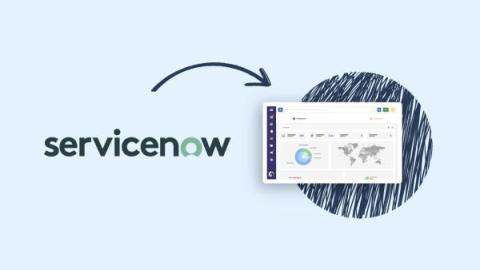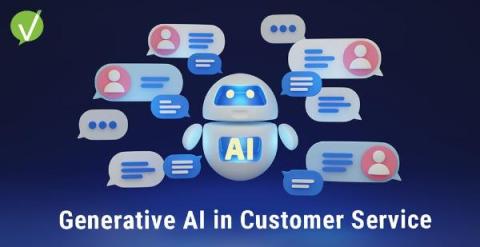Integrate InvGate Insight with ServiceNow and Add ITAM Capabilities to your Service Desk
For all ServiceNow users looking to enhance their IT Asset Management (ITAM) capabilities, we have exciting news! Now you can integrate InvGate Insight with ServiceNow and get quick access to information on your assets throughout their lifecycle directly from your service desk. Plus, there’s no need to undergo long and complicated implementation processes. In just a few steps, and avoiding unnecessary high costs, you will have it set up and functioning.










